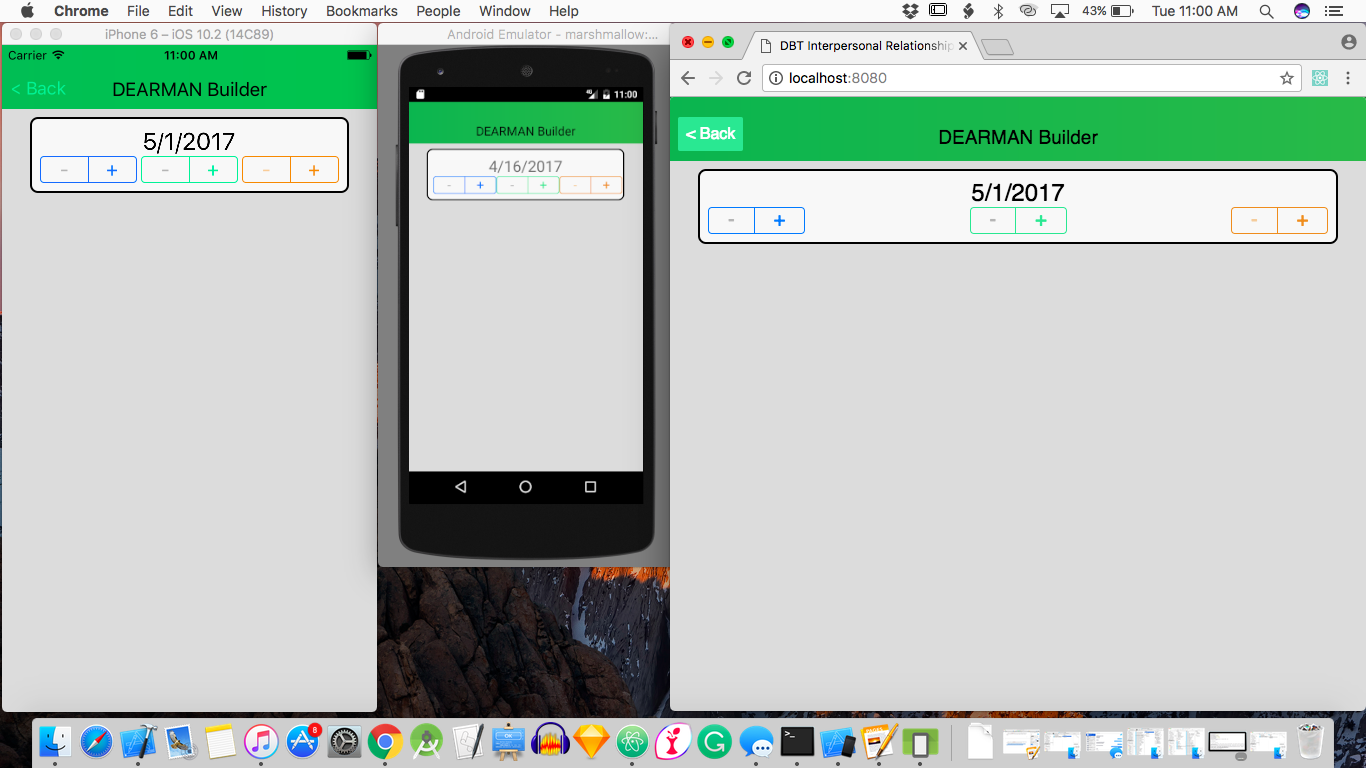


Lighting up the ReactNative authoring experience If your app requires native UI and you enjoy the excitement of a rapidly evolving JavaScript platform, then ReactNative might be an option to consider. That said, Apache Cordova is presently a more mature and stable technology that lets you write a common UI layer using web technologies, whereas ReactNative is much newer and still requires you to write distinct UI layers. This means that you can create native experiences that aren’t possible with Cordova. UITabBar on iOS and Drawer on Android) via JavaScript. ReactNative then invokes native UI components (e.g.

But, rather than run in a Webview like Cordova, code runs in a JavaScript engine that’s bundled with the app. ReactNative apps are also written with JavaScript – or, more specifically, they are written with the React/JSX framework. But, since the UI is rendered in the WebView, it can be difficult if not impossible to achieve a truly native look and feel. In a Cordova app, the entire UI executes inside a full-screen WebView where you can leverage the same HTML, CSS and JS frameworks found on the web. Many of you may already be familiar with Apache Cordova as an open-source project that enables web developers to build mobile apps with full access to native APIs and offline support. And today we’re pleased to announce the availability a similar extension for ReactNative! ReactNative vs. We recently announced the launch of a Visual Studio Code Extension that enables you to build, debug and preview Apache Cordova apps. ReactNative is a great way to build native, cross platform app for iOS and Android using JavaScript.


 0 kommentar(er)
0 kommentar(er)
